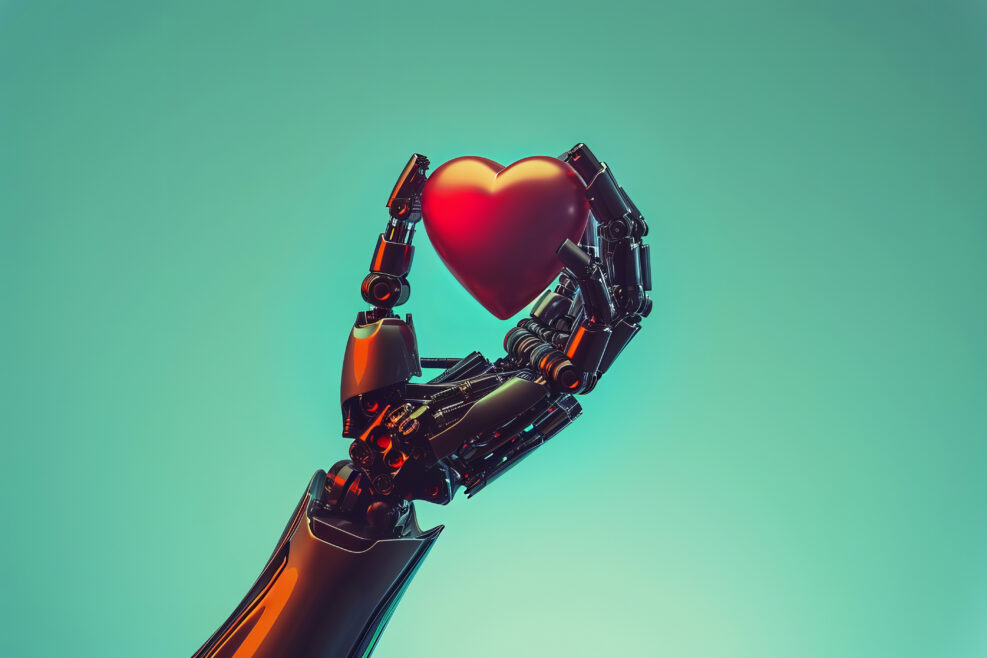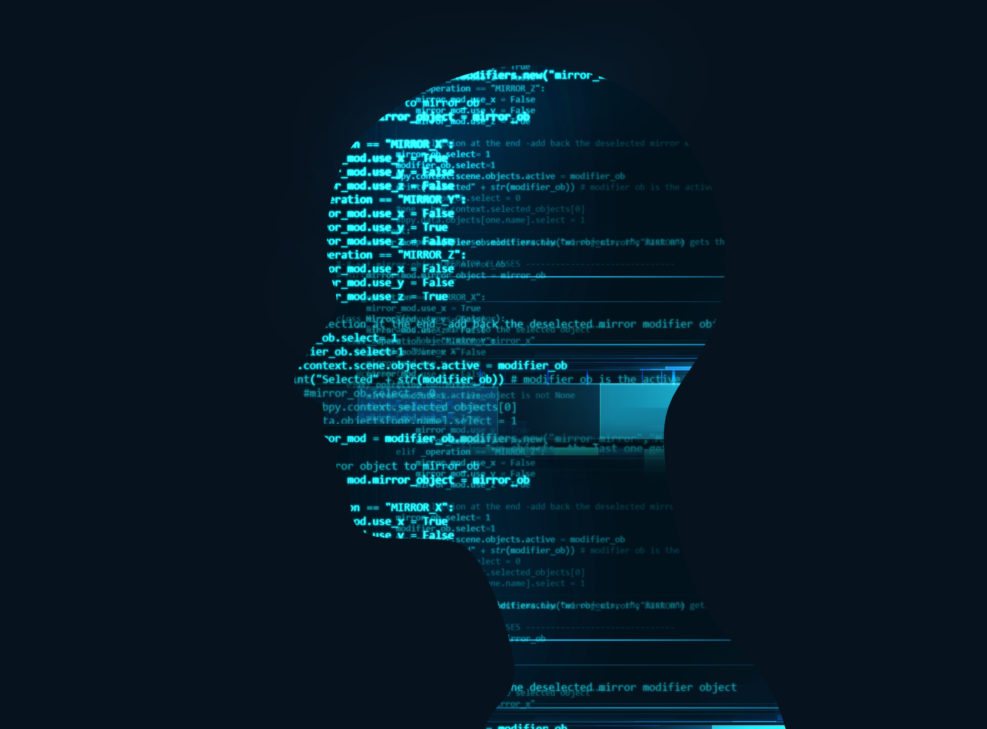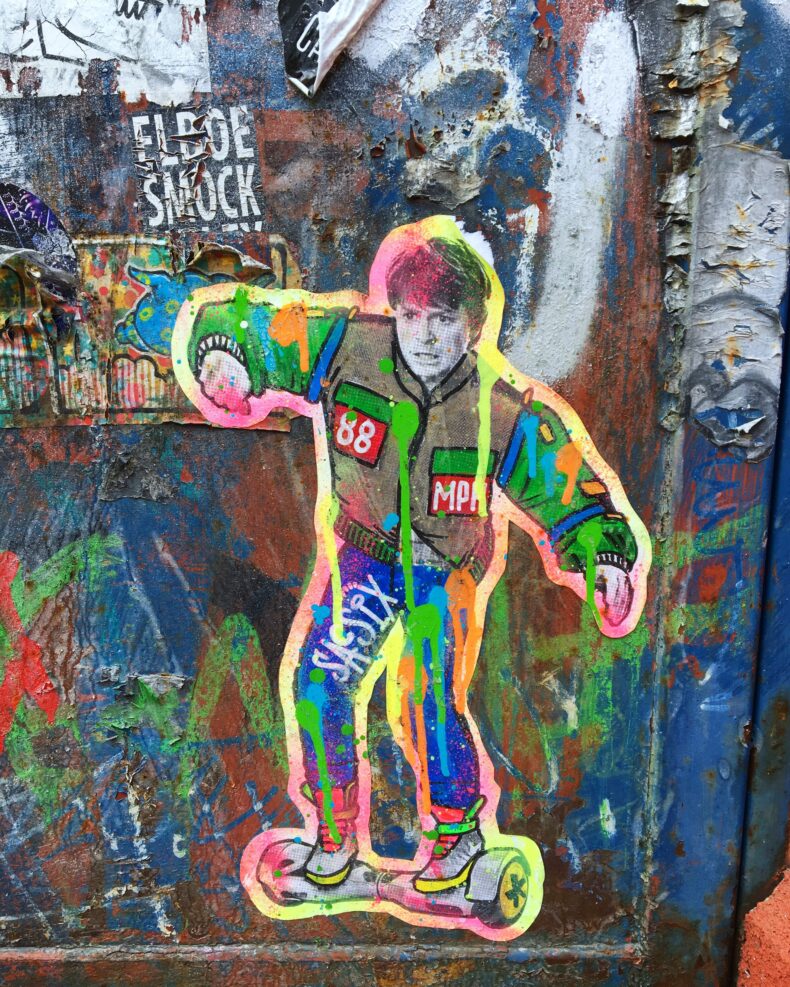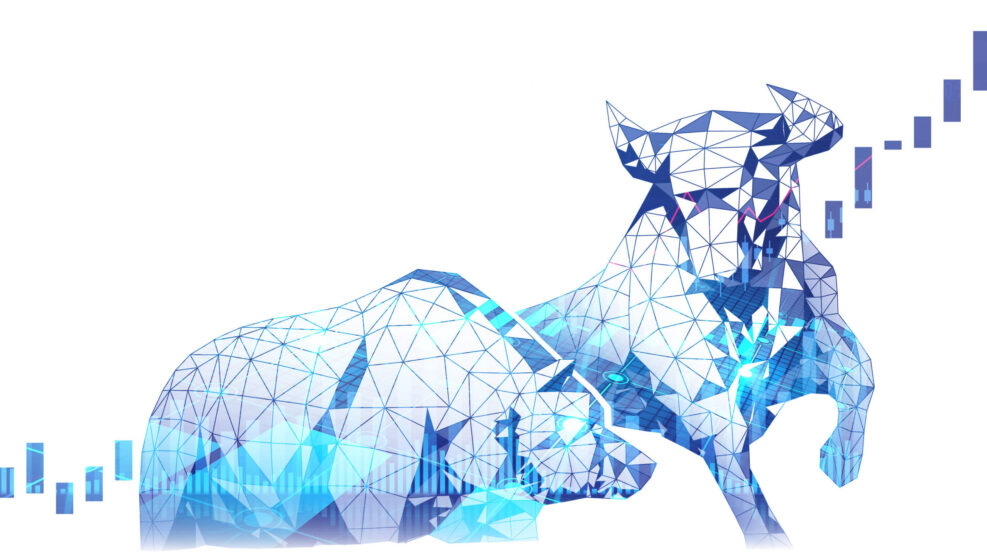
TagData Mining


Blue Zone BS: The Longevity Cluster Myth
We need to be reminded how much real science has done for us and how real science is done.
Scientists Have Been Recommending Changes to Science Education for Decades
The modern education system seems designed to squelch curiosityGary Smith describes the problems with today’s science in his new book Distrust: Big Data, Data-Torturing, and the Assault on Science. He recounts endless examples of disinformation, data torture, and data mining, much of which we already knew. Taken together, however, and as I described in this review, they are mind-blowing. He argues that many of these problems come from things scientists do such as p-hacking during statistical analysis, too little emphasis on “impact” in statistical analyses, outright data falsification, and the creation of the Internet, which can be a huge disinformation machine in addition to a valuable resource. In the last chapter, he also offers some solutions such as ending the artificial thresholds for p-values such as 0.05, requiring Read More ›

Gary Smith’s New Book Reviewed in Washington Post
Smith argues that science itself is being undermined by the tools scientists useWalter Bradley Center Senior Fellow Gary Smith’s book Distrust: Big Data, Data-Torturing, and the Assault on Science was reviewed in The Washington Post today. Smith is a frequent contributor to Mind Matters and teaches economics at Pomona College. In his new book, Smith argues that science itself is being “undermined” by the tools scientists use. Reviewer Abby Ohlheister writes, Smith, an economist whose work often examines the misuse of data and statistics in a variety of disciplines, argues that the current crisis of trust in science falls at the intersection of three forces: disinformation, data torturing and data mining. Disinformation, as Smith writes, is “as old as the human race,” but accelerated in speed and reach alongside social media. Data Read More ›

Is ChatGPT Solely a Neural Network? I Tested That…
Changing the random number test to a "computer easy, human hard" test requires simply that we ask ChatGPT to reverse the random number. It couldn't.ChatGPT is a direct descendent of GPT-3, and is a fancy form of a fancy machine learning algorithm called a neural network. For an overview of all of ChatGPT’s neural network complexity, here is a fun article. However, all that is beside the point. The important thing about a neural network: It can only generate what is in its training data. Therefore, ChatGPT can only produce what is in its training data. ChatGPT’s training data does not include the conversation you or I are having with ChatGPT. Therefore, if something novel occurs in the conversation, ChatGPT cannot reproduce it. That is, if ChatGPT is a neural network. Conversely, if ChatGPT reproduces novel text from the conversation, then ipso facto ChatGPT is not a Read More ›

The Government Can Bug Your Phone
Discovery Institute Fellow Debra Saunders raises the alarm of present-day technocratic measuresDebra J. Saunders, a fellow at Discovery Institute’s Chapman Center for Citizen Leadership, wrote an article for The Daily Caller this week on the mounting problem of privacy regarding cell phone usage. Saunders expresses concern about the ease in which government and Big Tech companies can mine data and track people through their cell phones. Saunders thinks the COVID pandemic sped up the process of privacy violations. She recalls a 2021 incident in which the state of Massachusetts purportedly worked with Google to download a COVID tracker app without users’ notice or consent. Now, the state is facing a lawsuit. Saunders reports, The New Civil Liberties Alliance filed a class-action lawsuit this month against the Massachusetts Department of Public Health to end Read More ›

George Gilder: An Economic Genius Talks About Gaming AI
George Gilder talks to Robert J. Marks about his book Gaming AI: Why AI Can’t Think but Can Transform Jobs. Show Notes Additional Resources

Torturing Data Can Destroy a Career: The Case of Brian Wansink
Wansink wasn’t alone. A surprising number of studies published in highly respected peer-reviewed journals are complete nonsense and could not be replicated with fresh dataUntil a few years ago, Brian Wansink (pictured in 2007) was a Professor of Marketing at Cornell and the Director of the Cornell Food and Brand Lab. He authored (or co-authored) more than 200 peer-reviewed papers and wrote two popular books, Mindless Eating and Slim by Design, which have been translated into more than 25 languages. In one of his most famous studies, 54 volunteers were served tomato soup. Half were served from normal bowls and half from “bottomless bowls” which had hidden tubes that imperceptibly refilled the bowls. Those with the bottomless bowls ate, on average, 73 percent more soup but they did not report feeling any fuller than the people who ate from normal bowls. Eating is evidently Read More ›

Artificial Intelligence Gaming the Stock Market
What are some assumptions about artificial intelligence? How does artificial intelligence affect the stock market? George Gilder and Robert J. Marks discuss assumptions about artificial intelligence, the stock market, and George Gilder’s new book Gaming AI: Why AI Can’t Think but Can Transform Jobs (which you can get for free here). Show Notes Additional Resources

Election Models: Predicting the Past is Easy — and Useless
You can seldom see where you are going by looking in a rear-view mirror
Vitamin D and COVID-19: Is It Data or Noise?
Because random clusters occur naturally in large numbers, only randomized, controlled trials can tell usRandom data shows geographic clusters. Thus some locations will inevitably have higher COVID-19 rates than others. As my example shows, associating these clusters with personal characteristics after the fact is not convincing scientific evidence. That’s where randomized, controlled trials are needed.
Read More ›
Data Mining: A Plague, Not a Cure
It is tempting to believe that patterns are unusual and their discovery meaningful; in large data sets, patterns are inevitable and generally meaninglessFindings patterns in data is easy. Finding meaningful patterns that have a logical basis and can be used to make accurate predictions is elusive. We can see this from 18th-century attempts to cure scurvy through 21st century claims about the stock market or history.
Read More ›
Coronavirus: Is Data Mining Failing Its First Really Big Test?
Computers scanning thousands of paper don’t seem to be providing answers for COVID-19If Alphabet’s Deep Mind or Microsoft had successfully data mined the 29,000 papers and found useful coronavirus information, that would be pretty impressive. But they appear to be giving others a chance to try instead, raising issues once again about the value of data mining in medicine.
Read More ›
Ransacking Flawed Data For Hidden Treasures Seldom Ends Well
The Internet provides a firehose of data that financial market researchers can use to interpret human behavior—but cherry-picked patterns usually vanishThe explosion of data has vastly increased the number of coincidental patterns that can be discovered by tenacious researchers. If there are a relatively fixed number of useful patterns and the number of coincidental patterns is growing exponentially, then the ratio of useful patterns to useless patterns must necessarily be getting closer to zero every day.
Read More ›
The Texas Sharpshooter Fallacies
Gary Smith discusses his book, the AI Delusion, and how the pressure to publish or perish corrupts researchBob Marks and Gary Smith offer a range of startling examples of how the pressure to publish drives a lack of rigor — and sometimes honesty — in analyzing and presenting experimental data. The result is a never ending parade of headlines in health and medicine that are unwarranted and often reversed or impossible to replicate. Shownotes 01:00 | Data Read More ›